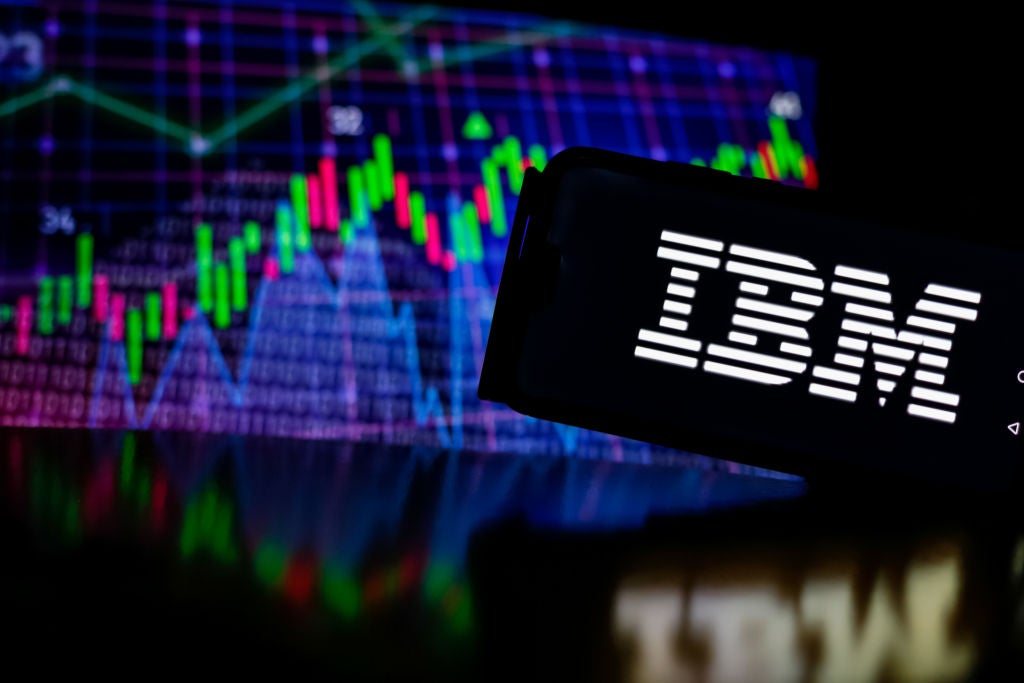
Amazon Web Services (AWS) and telecoms giant Verizon have announced they are partnering to deliver 5G edge cloud computing.
The announcement, made at AWS’ Re:Invent conference, will combine AWS’ on-demand cloud computing platforms and Verizon’s 5G Ultra Wideband network.
Edge computing is when data storage and network operations occur near to where they are needed or where the data is generated, rather than in a centralised server such as the cloud. This allows for lower latency, and means that data processing requires less bandwidth. It is also thought to improve security, as data does not need to be put into the cloud.
The low latency it offers is important for technology such as driverless cars, which must respond instantly to their environment.
The partnership between AWS and Verizon is intended to “bring the power of the world’s leading cloud closer to mobile and connected devices” at the edge of the 5G network, to enable ultra-low latency.
This year, Verizon launched its 5G service in some cities in the US, with plans to roll out to 30 cities by the end of 2019. This means that those with 5G-enabled devices have been able to make use of the 5G network, but coverage is currently limited.
How well do you really know your competitors?
Access the most comprehensive Company Profiles on the market, powered by GlobalData. Save hours of research. Gain competitive edge.

Thank you!
Your download email will arrive shortly
Not ready to buy yet? Download a free sample
We are confident about the unique quality of our Company Profiles. However, we want you to make the most beneficial decision for your business, so we offer a free sample that you can download by submitting the below form
By GlobalDataBenefits of 5G edge cloud computing
The partnership will allow customers to deploy parts of AWS-based applications that require low latency, such as “machine learning inference at the edge, autonomous industrial equipment, smart cars and cities, Internet of Things (IoT), and augmented and virtual reality”, to the edge of the network via Verizon’s 5G Edge, before then connecting back to cloud services running in AWS.
This will be done by having AWS compute and storage services, or data services, in the same geographic area as those using Verizon’s 5G. This means that data can be processed there and then, rather than having to travel from the device, to the mobile network, to networking devices at the mobile edge, and then to the Internet, which can prevent the full benefits of 5G from being realised.
This could enable developers to build applications that can deliver “real-time analytics for instant decision-making, immersive game streaming, and automated robotic systems in manufacturing facilities”.
Currently, a pilot involving a select group of customers is taking place in Chicago, with plans for deployment in other locations in the US next year. These customers include Bethesda Softworks, the video games company behind games such as Fallout and The Elder Scrolls, and the National Football League.
Last month, AT&T and Microsoft announced they were partnering to deliver Microsoft Azure cloud services to AT&T’s 5G network edge locations, part of a strategic alliance announced in July.
Andy Jassy, CEO of AWS said:
“We’ve worked closely with Verizon to deliver a way for AWS customers to easily take advantage of the ubiquitous connectivity and advanced features of 5G. AWS Wavelength provides the same AWS environment — APIs, management console, and tools — that they’re using today at the edge of the 5G network. Starting with Verizon’s 5G network locations in the US, customers will be able to deploy the latency-sensitive portions of an application at the edge to provide single-digit millisecond latency to mobile and connected devices.
“While some ultra-low latency use cases like smart cars, streaming games, VR, and autonomous industrial equipment are well understood today, we can’t wait to see how builders use 5G edge computing to delight their mobile end users and connected device customers.”
Read More: Verizon 5G plans carved out, but don’t expect much before 2020.




